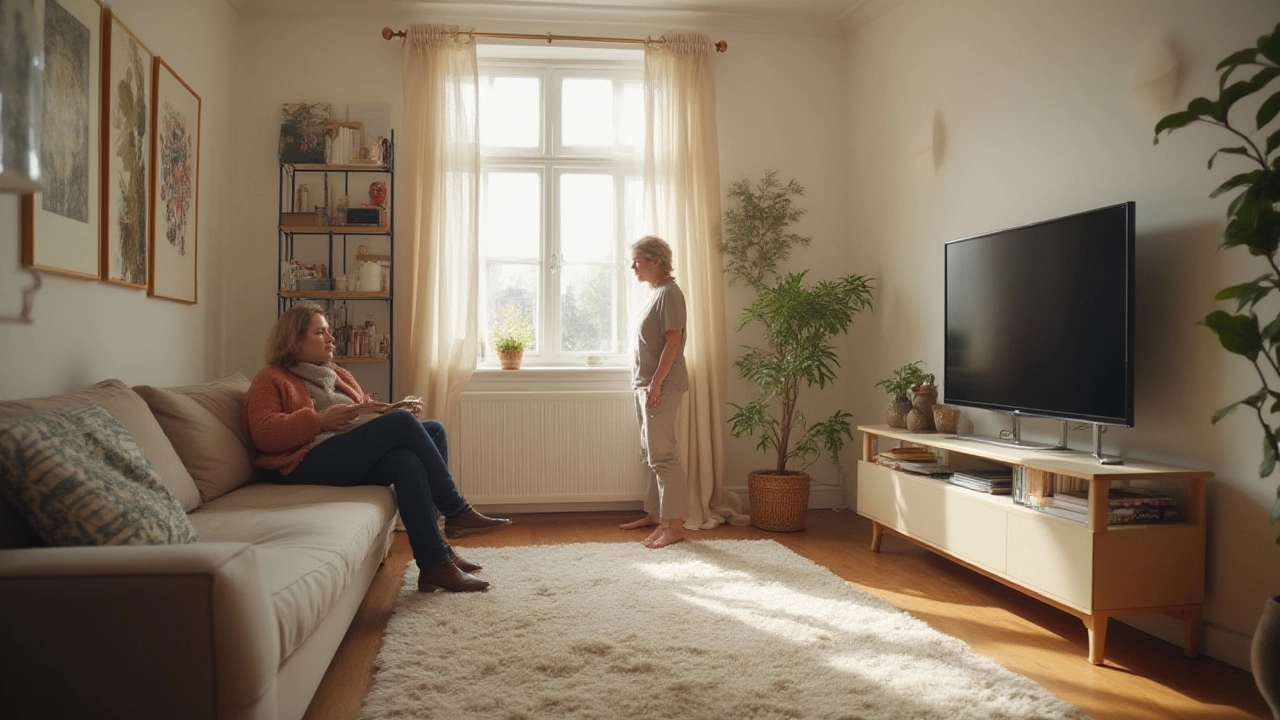
Low vs. High TV Stands: The Real Differences That Impact Your Viewing
Curious about whether to get a low or high TV stand? This article unpacks the comfort, style, and practical facts to help you pick the perfect height for your setup.
If your living room feels cramped, a low TV stand can be a game‑changer. It keeps the TV at eye level while leaving plenty of floor room for toys, cushions, or a rug. Unlike tall cabinets, a low profile unit blends into the room and looks tidy without sacrificing storage.
First off, low stands are easier on the eyes. When the screen sits about 42‑48 inches from the floor, most people enjoy a comfortable viewing angle without neck strain. Second, they free up vertical space for wall art or shelving. That means you can still hang a bookshelf or a plant without crowding the room.
Low stands also tend to be more affordable. Because they use less material, the price tag is usually lower than a full‑height media console. And if you have kids, the lower height reduces the chance of accidental bumps or knocked‑over furniture.
Start by measuring your TV. The stand’s width should be at least a few inches wider than the screen for stability. If you have a 55‑inch TV, aim for a stand that’s 55‑60 inches across.
Next, think about storage needs. Some low stands have hidden drawers or open shelves for game consoles, remote controls, and DVDs. Others are just a simple shelf. Pick whatever matches how much gear you have.
Material matters too. Solid wood gives a classic look and can hold a lot of weight, but it’s heavier to move. MDF with a laminate finish is lighter and comes in many colours, while metal frames feel modern and are easy to clean.
Don’t forget the height. Measure the distance from the floor to the middle of your TV screen. Most low stands sit 12‑18 inches tall, but you can find custom heights if you need a precise fit.
Style is the final piece. If your room is modern, a sleek black metal stand works well. For a cosy feel, a natural wood finish adds warmth. Matching the stand’s colour to other furniture helps the room feel unified.
Here’s a quick checklist before you buy:
If you’re not sure which low stand suits you, think about the room’s traffic flow. Place the stand where you can walk around it without tripping. A corner placement often works well because it uses otherwise wasted space.
Want to go beyond the usual stand? Check out alternatives like wall‑mounted floating shelves, a slim console table, or a repurposed coffee table with a TV mount. These options keep the floor clear and can add a unique design twist.
Finally, assemble it right. Follow the instructions, tighten every screw, and use a level to make sure the stand sits flat. A wobbling stand can damage your TV and looks sloppy.
With these tips, you can pick a low TV stand that saves space, looks good, and protects your screen. Happy shopping!

Curious about whether to get a low or high TV stand? This article unpacks the comfort, style, and practical facts to help you pick the perfect height for your setup.